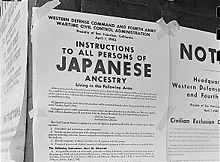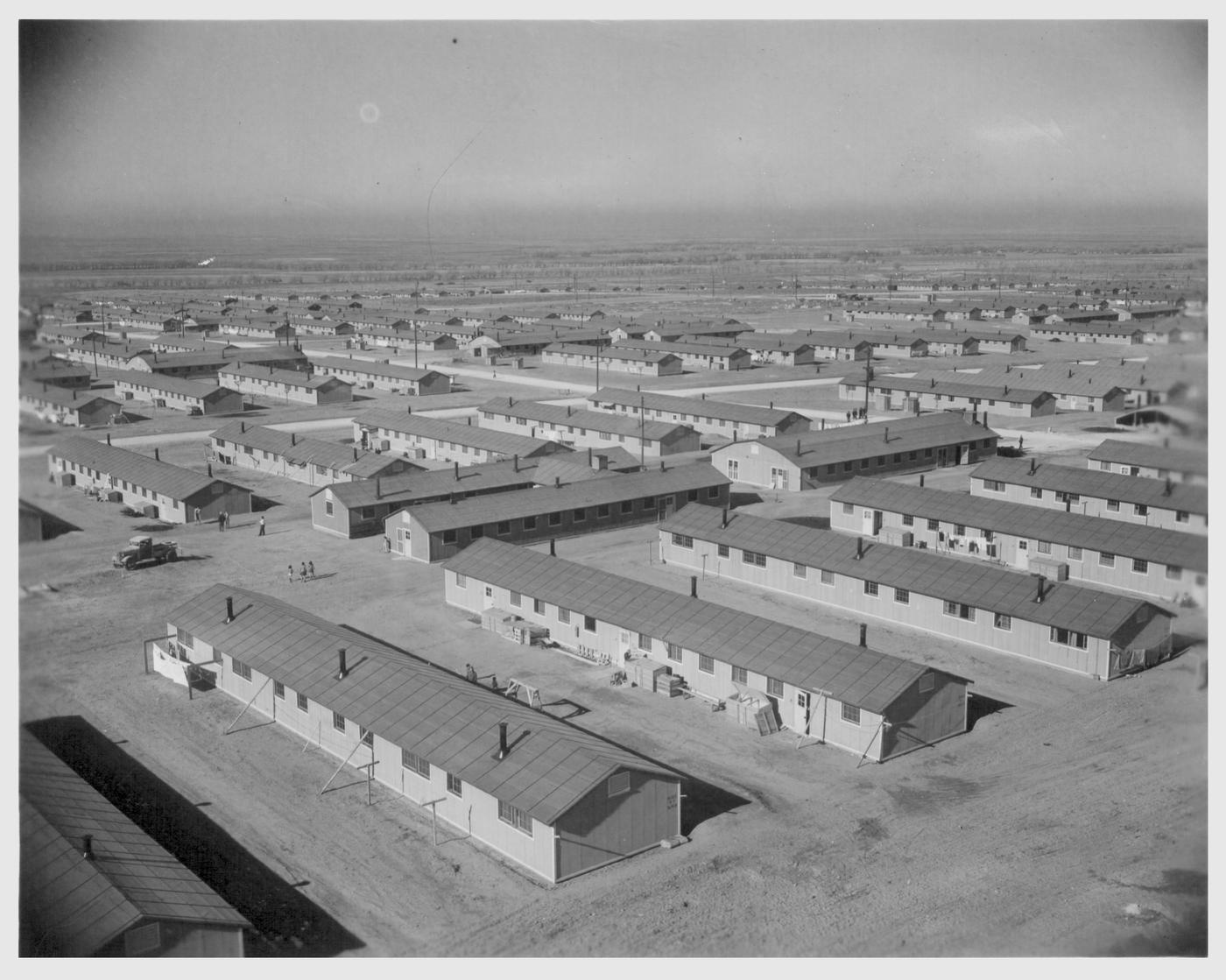Japanese Relocation Camps (Internment Camps)
"Imagine that one day you received notice that you and your whole family must be ready to move within 48 hours. You could take only the possessions you could carry and no one would tell you when you would be permitted to return home. Sound like a bad dream? This happened to over 100,000 United States citizens and legal residents during World War II. “ - Martha Daly
After Japan’s surprise attack on Pearl Harbor, on December 7, 1941, America’s declaration of war and entry into World War 2, Franklin Roosevelt established the War Relocation Authority. The WPA selected 10 sites in America where more than 110,000 Japanese would be incarcerated (62% of them being American citizens). After the attack on Pearl Harbor, many Americans, especially those on the west coast, feared an invasion by Japan. Most of the Japanese population in America lived on the West Coast and Hawaii, and many West Coast citizens were worried that Japan was using spies to sabotage our country.
In April of 1942, Japanese American relocation began. They were put in camps, scattered across the “inferior west” part of the United States. The camps were all located in isolated desert areas in Arizona and California. There were also camps in Utah, Idaho and Colorado. The average temperatures in the summer were over 100 degrees and winter was no better with temperatures at minus 30 degrees. Japanese Americans were given approximately 48 hours to evacuate their homes and gather very few possessions before they were shipped off to the camps.
Housing conditions for Japanese Americans in internment camps were very different from average homes. They were housed in one room barracks with many other people. Very small, repulsive meals were served three times a day. People died in these camps because of stress and lack of medical care. The camps were prisons: no freedom and no privacy.
Personal thoughts: I definitely think that this was very wrong. Japanese-Americans were taken from their families, their homes, and things that they loved. There had to have been a way to handle fear of Japanese spies than this. I think that these camps were like concentration camps in the US. Even though we weren’t intentionally killing people, we were doing the same thing as the Nazis.




Comments
Excellent job Hannah!